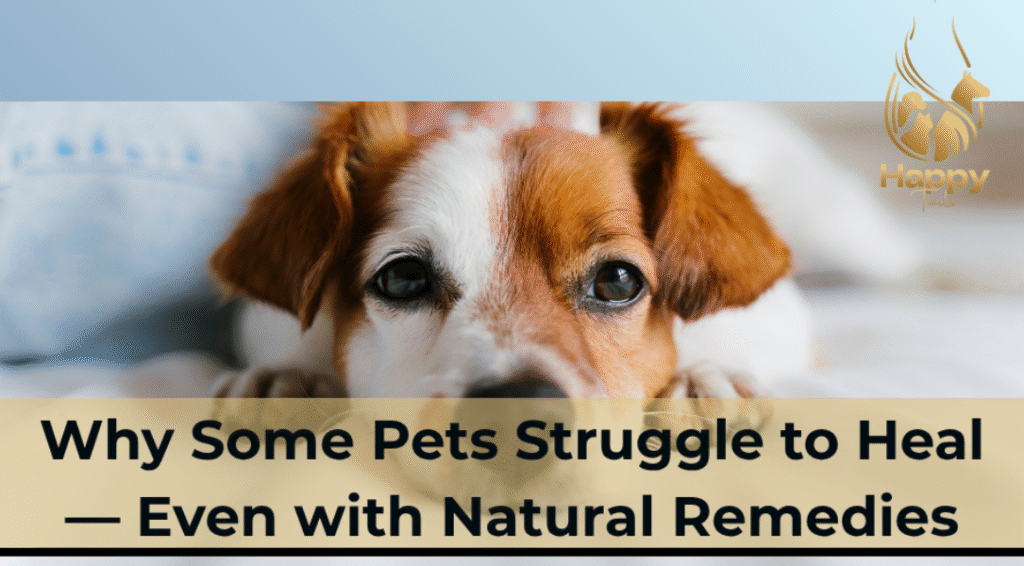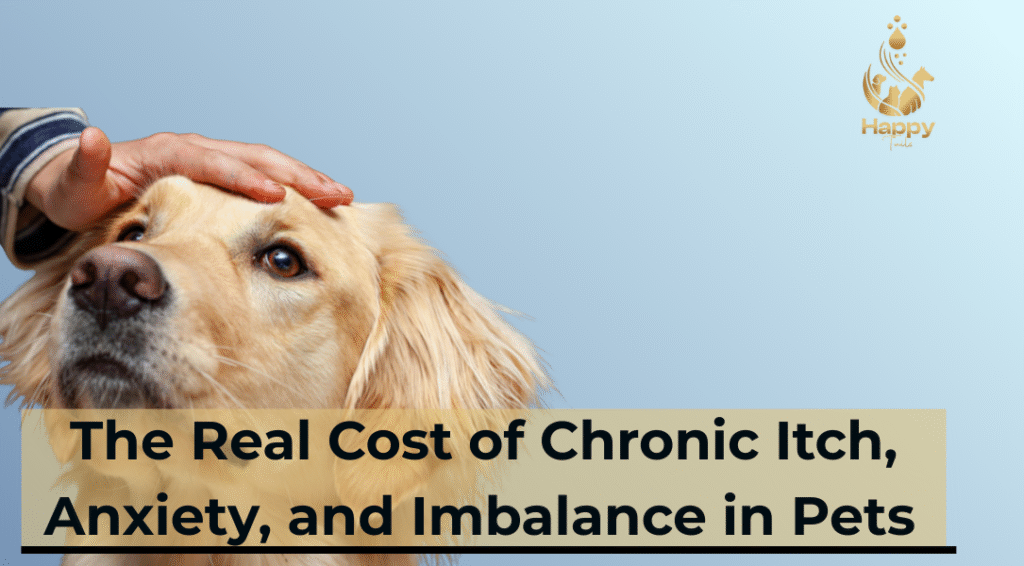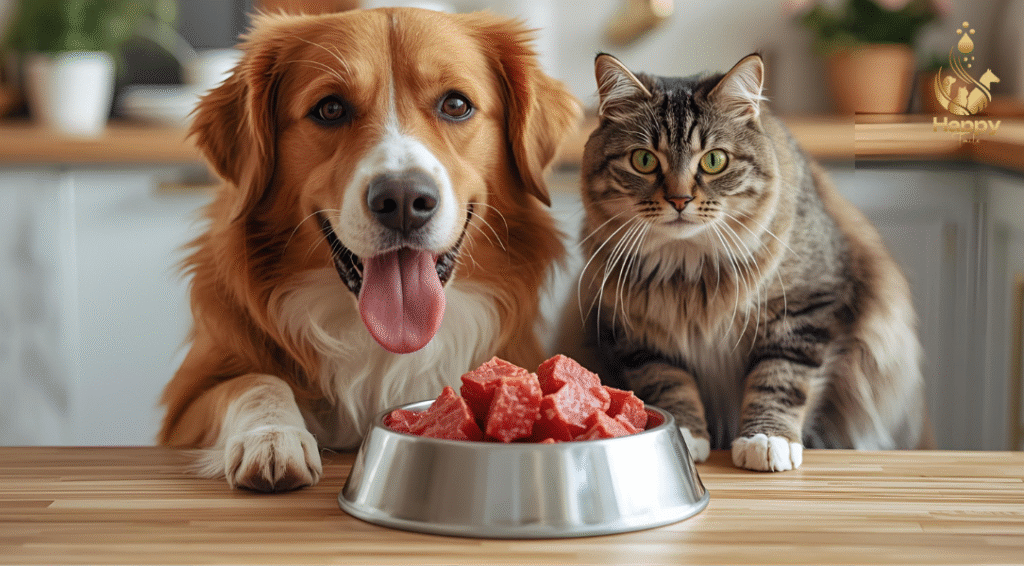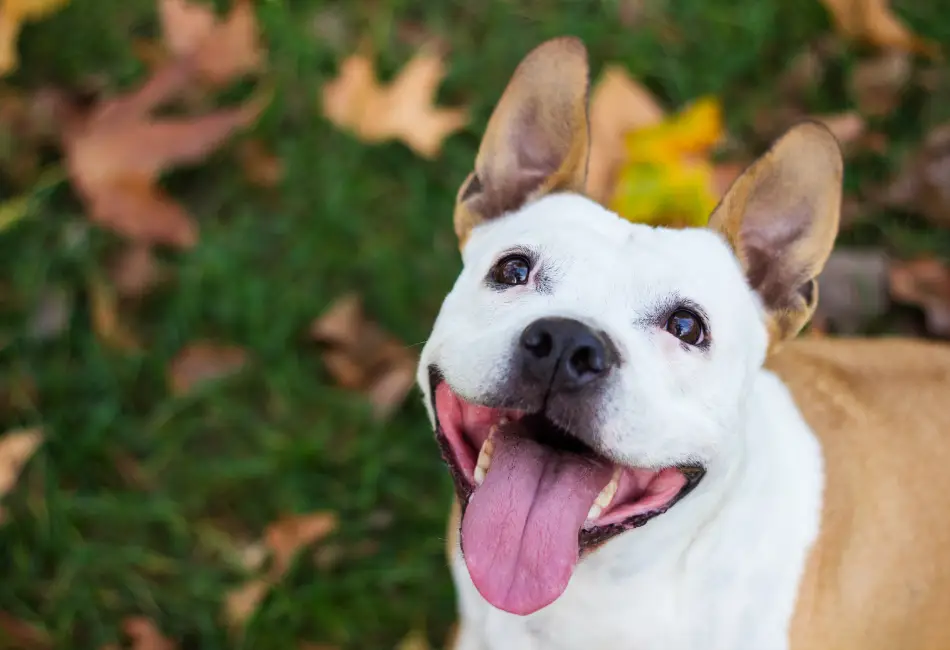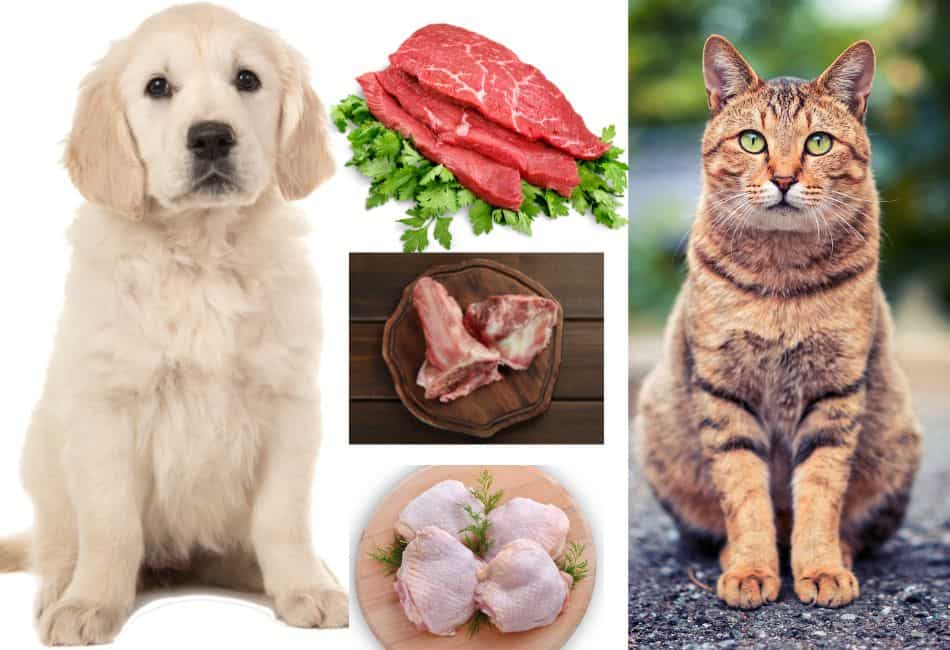What We Mean by “Natural Healing” for Pets — and Why It Sometimes Fails When we talk about natural or holistic healing for pets—whether dogs, cats or horses—we’re referring to therapies that support the body’s own healing intelligence rather than relying solely on pharmaceuticals or conventional interventions. These can include massage, acupuncture, acupressure, water or Read More
Category: Dogs
The Real Cost of Chronic Itch, Anxiety, and Imbalance in Pets — and Why Natural Remedies Work Better (and Cost Less)
Chronic vet visits add up fast. Discover the real cost of chronic pet issues—and how natural remedies for itchy, anxious pets restore balance and save you money long-term.
Unlocking True Vitality: The Importance of a Species-Appropriate Diet for Dogs and Cats
In the world of holistic pet healing, many people begin their journey by exploring remedies—herbal blends, essential oils, detox formulas, probiotics, flower essences, and energetic supports. While these tools can make a meaningful difference, there is a foundational truth that often gets lost: healing begins with food. Before any remedy can be fully effective, the Read More
Why Chronic Ear Issues Never Just “Stay in the Ears” — And Why True Healing Starts in the Gut & Immune System
Chronic ear issues are one of the most common concerns guardians face — itching, scratching, head-shaking, black gunk, yeasty smell, recurring infections, or ears that never fully clear. Many animals suffer for months or years, cycling through antibiotics, steroids, and ear cleaners that help temporarily but never resolve the underlying problem. Insight: ear problems never Read More
The Real Cost of Chronic Itch, Anxiety, and Imbalance in Pets — and Why Natural Remedies Work Better (and Cost Less)
Chronic vet visits add up fast. Discover the real cost of chronic pet issues—and how natural remedies for itchy, anxious pets restore balance and save you money long-term.
How Pets Act as Mirrors for Our Inner World
Animals do more than love us—they reflect our emotions and energy. Discover how animals mirror our energy and guide our healing, growth, and awareness.
Remedies, Leadership Training, Or BOTH?
Dogs don’t change with remedies alone—they need clear, consistent leadership. Discover why dog leadership training transforms behavior when nothing else works.
The Raw Food Diet ~ Essential For Sustainable Health and Well-Being
Table of Contents What Is a Raw Food Diet? Not a Trend but True Nutrition BARF and Dr. Billinghurst BARF Is Species-Specific Dispelling Myths of Raw Food Why Kibble Isn’t Food The Role of Living Enzymes Found in Raw Food Why Raw Bones Are Necessary Types of Raw Bones Any Age Is the Right Age Read More
Can Dogs Eat Raw Chicken? Bone Up On The Real Story!
Can dogs eat raw chicken? We all know that they CAN, so the real question is about feeding our dogs natural ingredients in a safe way. Is raw chicken GOOD for dogs? Before we answer your question, here’s something to consider. You know that vegetables are good for you, right? And you know that potatoes Read More
How To Make A Dog Poop Quickly: Immediate Solutions
Giving the best care to your beloved dog not only means providing the right diet, but also paying attention to pooping. As you know, digestive health makes a big difference in anyone’s energy and mood. When you finish reading this article, you’re going to be an expert on poop! More specifically, on what can make Read More

